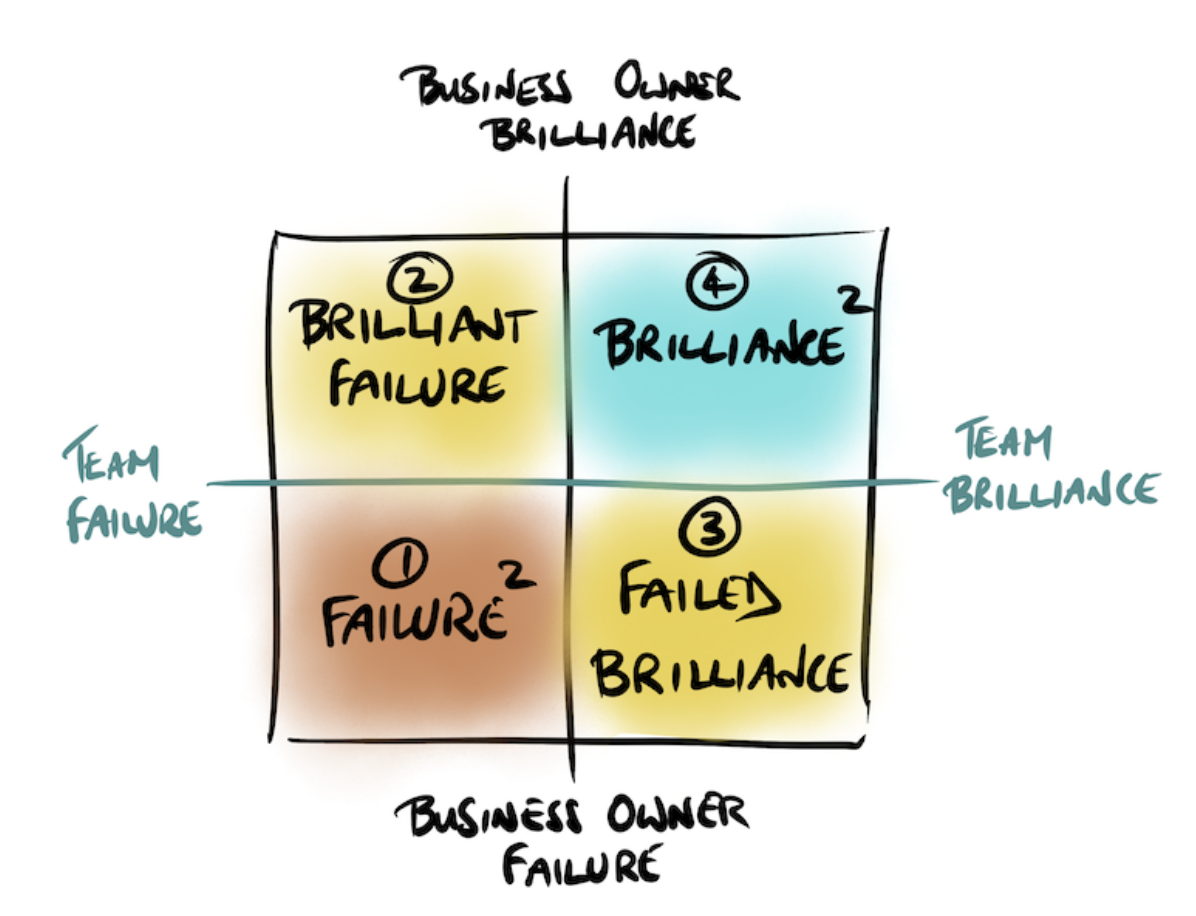
#16- Teamwork Lessons From Ants and Bees
I’m super excited to be with you today. I received such great feedback on the episode about teamwork lessons from the African Big Five, where we talked about elephants, lions, and Cape Buffalo. Today, I thought we’d bring the discussion a bit closer to home by examining the teamwork of domestic UK animals.
Lessons from the African Bush
In that previous podcast, I shared my passion for Africa, stemming from three months living in the bush, training to be a safari guide. This experience taught me one of the key leadership skills essential for high-performance teams: paying attention. In the African bush, paying attention is crucial for survival, and teamwork is vital. Each team member needs to pull their weight to avoid danger. While we don’t face literal mountain lions in the business world, we do encounter competitive threats and technological changes that require us to adapt and work together effectively.
The Efficiency of Honeybees
Let’s start with honeybees. Given that it’s summer and bees are buzzing around, it’s a perfect time to learn from them. Bees live in swarms and are among the most efficient teams in nature. With up to 60,000 bees in a hive, they’ve developed a sophisticated role delegation system to ensure maximum efficiency. Each hive contains three types of adult bees, each with a specific function.
- Queen Bee: The only bee capable of laying eggs, the queen controls the types of bees produced, making her an exceptional HR manager.
- Drone Bees: Male bees whose primary role is to fertilize the queen’s eggs.
- Worker Bees: Female bees responsible for daily hive maintenance, including cleaning, feeding the queen, building combs, and defending the hive.
Management Lessons from Bees
Honeybees offer valuable management lessons:
- Segregation of Duty: Clear roles boost productivity. Each bee knows its role, similar to how clarity in organizational roles enhances efficiency.
- Branding: Bees from the same hive share a pigmentation indentation that helps distinguish different colonies. This concept can be applied to brand management in businesses to create trust and loyalty.
- Disaster Management: Bees sense danger through hormones and communicate effectively to prepare for attacks. Businesses need robust disaster recovery plans to mitigate risks, especially related to technology failures.
However, there are drawbacks, such as a lack of autonomy and a potential silo mentality. While clear roles are essential, too much rigidity can hinder decision-making and innovation.
Teamwork Lessons from Ants
Next, let’s consider ants. These small but mighty creatures live in colonies of up to 10 million and have over 12,000 species. Ant colonies have a queen, female workers, and males. Each ant plays a pivotal role in the colony’s survival.
Ants are known for their strength, able to lift 20 times their body weight. Despite their strength, they rely on teamwork to transport food. They follow a scent trail laid down by the first ant to find food, demonstrating effective communication and collaboration.
Key Takeaways from Ants
Ants provide lessons in:
- Planning and Organization: Ants gather food and build mounds in the summer to prepare for winter. This foresight helps them survive and thrive.
- Commitment: Each ant is devoted to the colony’s survival, showcasing the importance of loyalty and dedication.
However, like bees, ants face challenges with agility. Strict role definitions can lead to stagnation and reduced job satisfaction.
Observing Nature for Business Insights
Nature offers numerous examples of effective teamwork. By observing animals like bees and ants, we can gain insights into role clarity, communication, planning, and commitment. Applying these lessons in business can enhance productivity and foster a collaborative environment.
The Power of Shared Leadership: Lessons from Geese
As I look out the window, I see Canadian geese, another excellent example of teamwork. Geese fly in a V-formation, with one taking the lead while others follow in the slipstream. They rotate leadership to share the load, demonstrating the power of shared leadership. This model can be applied in organizations to create a collaborative and supportive environment.
Conclusion
Teamwork is a competitive superpower that can significantly impact business success. By learning from nature, we can harness and optimize the potential of our teams. I encourage you to observe nature and find strategies that can be applied in your workplace.
Show Notes:
Here are the highlights from this episode:

Julia Felton (aka The Business Wrangler) is the founder of Business HorsePower. Business leaders, entrepreneurs and executives hire her to accelerate their business performance by harnessing the energy of their people to work more collaboratively together. By aligning purpose with actions the team achieves exponential results as everyone starts pulling in the same direction.
Julia believes that business is a force for good and through designing purpose-driven businesses that leverage the laws of nature, and the herd, you can create businesses founded on the principles of connection, collaboration and community that make a significant impact in the world.















